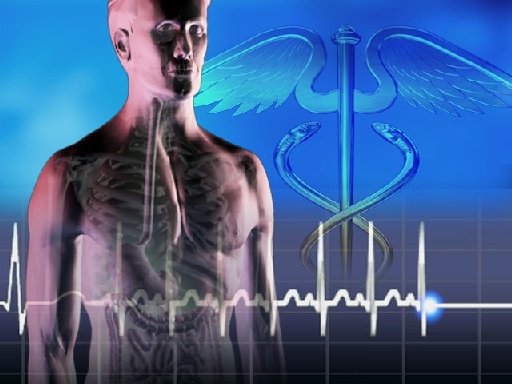HOW LOCAL HOSPITALS ARE FIGHTING BACKERLANGER HEALTH SYSTEM"We are strongly promoting proper hand hygiene by both staff and physicians. We are trying to limit the use of hospital devices most closely associated with [hospital-acquired infections], including central lines and Foley catheters," said Dr. Jay Sizemore, infectious disease specialist. "We limit the unnecessary use of antibiotics to reduce infections associated with HAI, most notably C-Diff. We are utilizing appropriate isolation precautions for certain types of infections."Foley said the hospital also vaccinates recommended employees and patients.PARKRIDGE HEALTH SYSTEM"Parkridge Medical Center was one of the 43 Hospital Corporation of America facilities chosen to participate in the REDUCE MRSA infection prevention trial, the results of which were published in the New England Journal of Medicine earlier this summer," said Parkridge spokeswoman Alison Counts. "REDUCE MRSA showed that universal decolonization -- the use of antimicrobial agents on an entire patient population -- significantly reduces rates of bloodstream infections including MRSA in intensive care unit patients."Parkridge will soon be participating in HCA's ABATE INFECTION trial that is set to begin next year -- using the same method in the MRSA study and applying it to non-intensive care hospital units to see if rates of infection are reduced on those units.MEMORIAL HEALTH CARE SYSTEM"As a baseline, the stuff we've been doing is continuous monitoring of infections," said Dr. Mark Anderson, infection prevention director and interim chief medical officer. "We have specially trained nurses, infection preventionists, who monitor all the cultures, X-ray report, discharge summaries, coding to catch all potential infections that may have been acquired in the hospitals. We have doctors monitoring their patients with surveys, and have always looked for patterns among doctors."
Humans may win battles against bacterial infections. But the war -- those shape-shifting microorganisms remind us -- is never really over.
"It is a war between bacteria and us. And they have this weapon where they can develop resistance as new drugs are introduced," said mathematician and Vanderbilt University professor Glenn F. Webb. "The problem is worsening. It's pervasive, it's all over the world. It's in every hospital, and it's different in every hospital."
According to the U.S. Centers for Disease Control and Prevention, one in 20 hospitalized patients will contract an infection while receiving medical care. The industry calls it health care-associated infection, or HAI, and it kills thousands of Americans every year.
Bacteria like Clostridium difficile (C. diff) and infections like Methycillin-resistant Staphylococcus aureus (MRSA) are a constant worry.
The resistant strains of such infections are getting scarier and harder to beat as experts warn of overuse and misuse of antibiotics. The development of new antibiotics can't keep pace.
That's why Webb is trying to use mathematical formulas to get one step ahead.
For about a decade, he and a team of mathematicians and physicians have been using hospital data to develop a simulated bird's-eye view of an active hospital.
The computer models can track patients arriving and leaving and trace every procedure and every interaction they have with health care workers minute by minute.
This is a helpful visualization because most infections are not spread from patient to patient directly, but by medical tools and the hands of health care workers who use them.
But the models don't just show the researchers the growth of infections. They can test ways to curb bacteria's spread. Using their formulas, the team can adjust parameters -- shorten the length of a patient's stay, or change a hygiene procedure -- to see how that affects bacterial growth.
All these factors can have noticeable impacts on infection rates, and the models can quickly preview new prevention methods that hospitals simply don't have the resources or flexibility to try.
Webb explained his team's work at the University of Tennessee at Chattanooga this week as a part of the Mathematics Department Research Experience for Undergraduates program.
He has worked in theoretical mathematics for more than 30 years. But in the last decade he has delved into applied mathematics -- especially math that dealt with biological issues like cancer and disease models and bacteria growth.
While the formulas for tracking bacterial infections have not been widely applied in hospitals, Webb said experts in medicine and pharmaceuticals are paying attention.
He gave the same talk in China a month ago, and in Germany a month before that. But no matter where he is, he finds the reaction is the same.
"The problem is so serious," he said. "After the talks someone will come up to me: 'My brother, relative, died or almost died.' Most people have had a personal experience with these infections."
Chattanooga's three local hospitals say they are adapting their strategies for fighting infection.
Dr. Mark Anderson, infection prevention director and interim chief medical officer at Memorial Health Care System, said the hospital is constantly studying new methods of treatment in what he called an "evolving issue."
"The playing field keeps changing, so we know we're going to have to keep adapting," he said.
Contact staff writer Kate Harrison at kharrison@timesfreepress.com or 423-757-6673.

